The project seeks to explain why, how, when and to where people, ideas and artifacts moved in Mongol Eurasia, and what were the outcomes of these huge movements. Studying the Mongol Empire in its full Eurasian context, the project combines a world history perspective with close reading in a huge array of primary sources in various languages (mainly Persian, Arabic and Chinese) and different historiographical traditions, and classifies the acquired information into a sophisticated prosopographical database, which records the individuals acting under Mongol rule in the 13th and 14th centuries. On the basis of this unique corpus, the project maps and analyzes mobility patterns, and the far-reaching effects that this mobility generated. More specifically, it aims:
- to analyze modes of migrations in Mongol Eurasia: why, how, when and into where people- along with their ideas and artifacts - moved across Eurasia, portraying the full spectrum of such populations movements from the coerced to the voluntary.
- to shed light on the economic and cultural exchange that this mobility engendered, with a stress on the religious, scientific and commercial networks both within and beyond the empire‘s frontiers.
- to reconstruct the new elite of the empire by scrutinizing the personnel of key Mongolian institutions, such as the guard, the judicial and postal systems, the diplomatic corps, and the local administration.
These issues will be studied comparatively, in the period of the united Mongol empire (1206-1260) and across its four successor khanates that centered at China, Iran, Central Asia and Russia.
The project is led by
Professor Michal Biran of the Hebrew University and conducted by an international team of young scholars working in Jerusalem.
The project's results will be a quantum leap forward in our understanding of the Mongol empire and its impact on world history, and a major contribution to the theoretical study of pre-modern migrations, cross-cultural contacts, nomad-sedentary relations and comparative study of empires. Moreover, the re-conceptualization of the economic and cultural exchange in Mongol Eurasia will lead to a reevaluation of a crucial stage in world history that begins with the Mongol period: the transition from the Middle Ages to the early modern era.
For a more detailed description of the project
see
A joint archaeological expedition of Mongolian, German and Israeli students intends to set a camp this August for excavating the ruins of the first Mongolian capital of Qaraqorum. The project founded by Humboldt Foundation and led by Profs. Michal Biran (HU), Jan Bemmann (Bonn University) and Enkhtur Altangerel (Mongolian Academy of Sciences), aims to reveal parts of the Muslim quarter in the city. Different quarters (e.g. the Chinese quorter that was excavated beforehand) are recorded in the historical documents describing Qaraqorum, and this expedition intends to focus on the Muslim part. Muslim institutions such as Mosques, Caravansaries and Madrasas dictate the layout of the Muslim quarters, and we hope that tracking these features may lead to the exposure of this quarter. Alongside these features, finding goods coming from different regions such as the Middle East, in a capital once situated on a world trade route, may shed some light on the cross-cultural environment that formed the backbone of the whole empire.
The excavations are part of a historical-archaeological project that centers on Qaraqorum and aims to gather as much information on the city in the 13th-14th centuries. The Israeli team, led by historian
Michal Biran and archaeologist
Tawfiq Da'adli, consists also of 5 HUJI students specializing in archaeology, anthropology, Asian and Islamic and Middle Eastern studies. The first season of the excavation began on July 29, 2014 and finished on August 31.
Pictures of the first season 2014 can be found
here.
Pictures of the first season of the Qaraqorum excavations (2014)
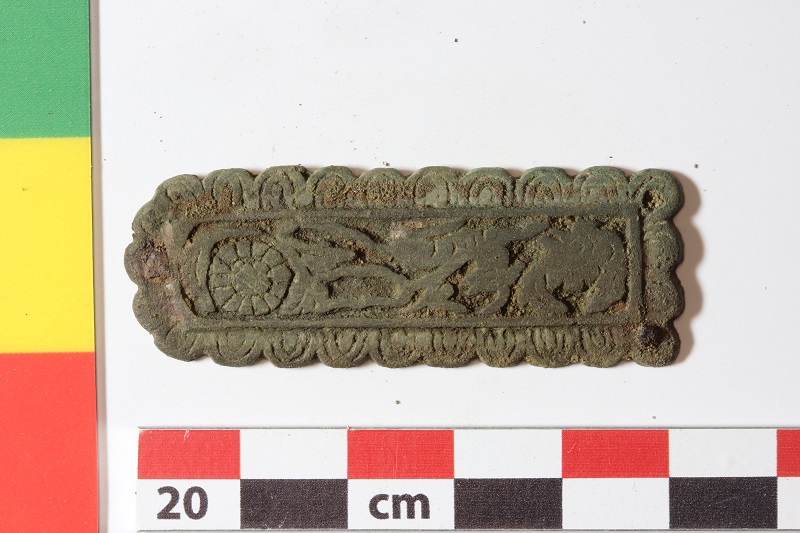 [Copyright: Tawfiq Da'adli; Nimrod Oren, Michal Biran]
[Copyright: Tawfiq Da'adli; Nimrod Oren, Michal Biran]
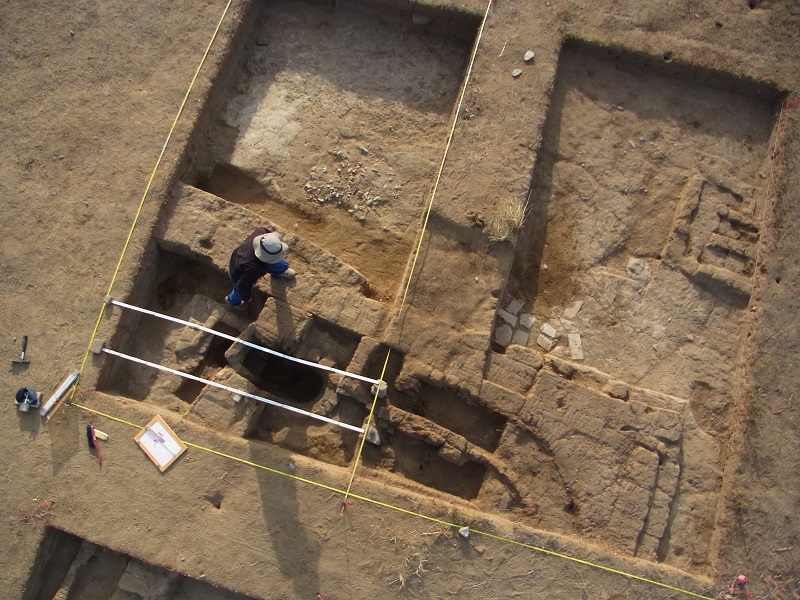
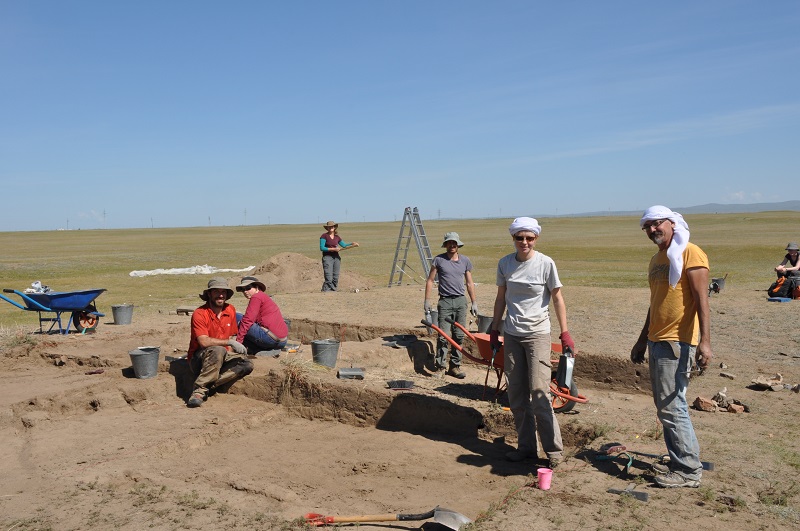

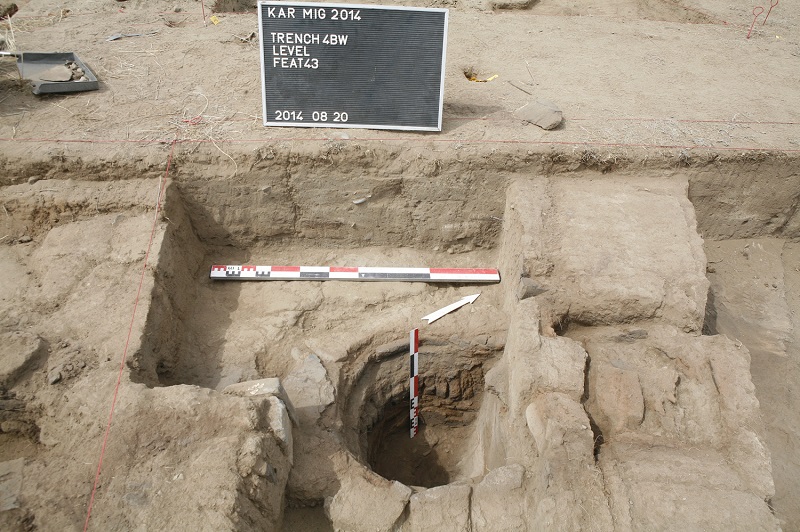
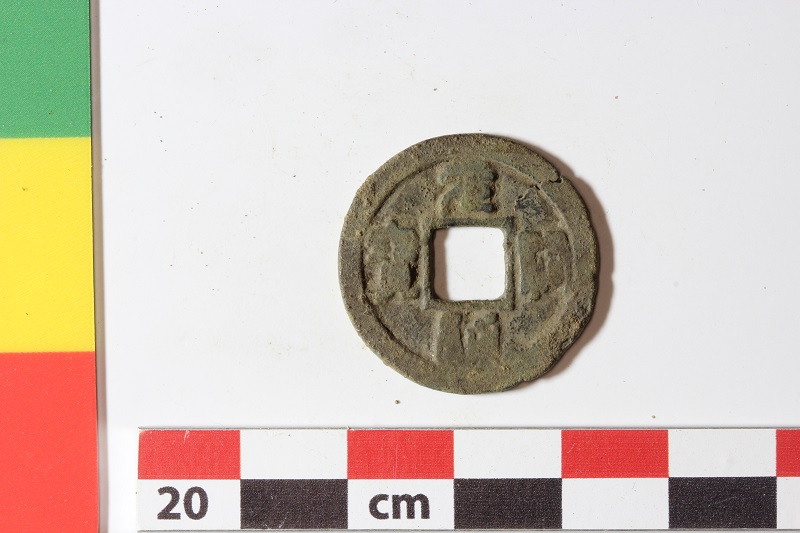
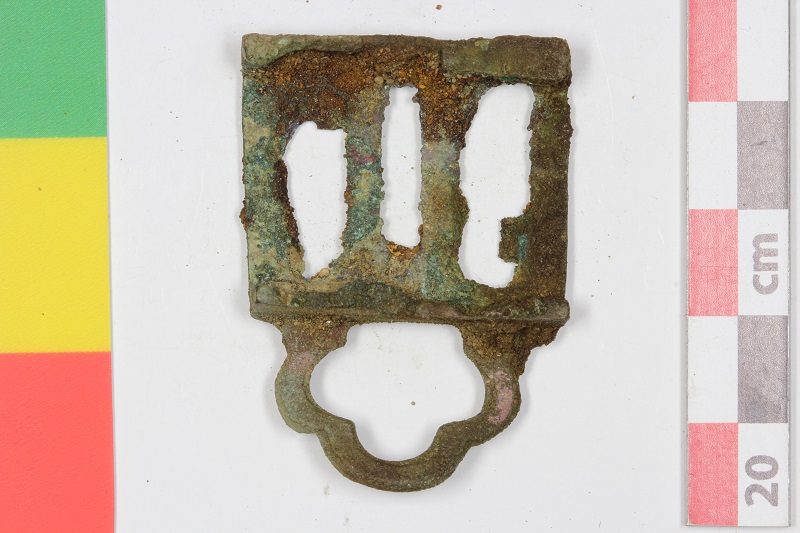
 [Copyright: Tawfiq Da'adli; Nimrod Oren, Michal Biran]
[Copyright: Tawfiq Da'adli; Nimrod Oren, Michal Biran]
No comments:
Post a Comment